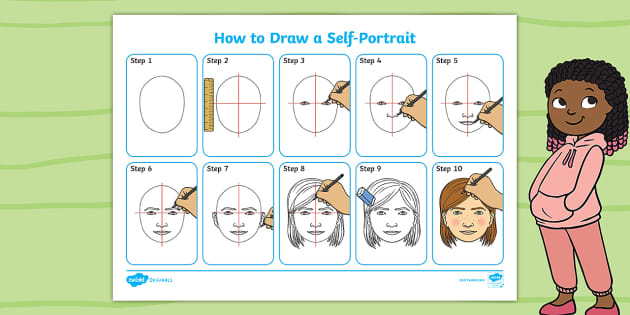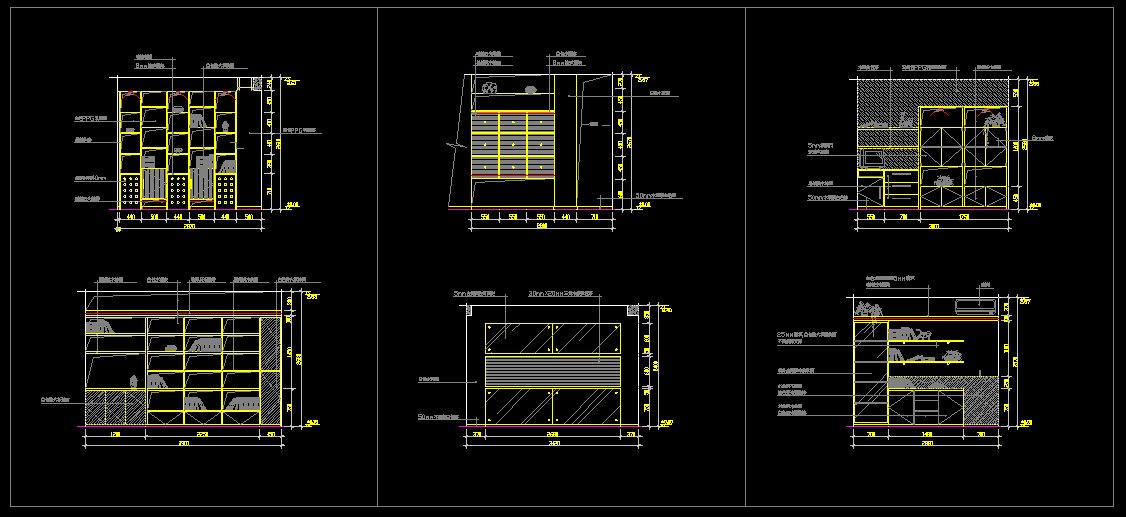Ks1 year 2 self portraits
Table of Contents
Table of Contents
Do you want to learn how to draw a portrait ks1? Whether you’re a teacher looking for art lesson ideas or a parent wanting to encourage your child’s creativity, drawing portraits can be a fun and rewarding activity. Not only does it help develop fine motor skills, but it also allows you to express yourself and capture the essence of a person. In this article, we’ll explore the basics of how to draw a portrait ks1, providing tips and resources along the way.
The struggles of learning how to draw a portrait ks1
For many children, drawing a portrait can be a daunting task. The pressure to make it look realistic or capture the likeness of the subject can be overwhelming. Plus, the proportion and details of the face can be difficult to master. Even adults may find it challenging to draw a portrait, making it a common source of frustration.
How to draw a portrait ks1: Step-by-Step Guide
When it comes to drawing a portrait, the first step is to study the proportions of the face. This includes the placement of the eyes, nose, and mouth, as well as the shape and size of the head. From there, you can build on more details such as shading and texture. One useful technique is to use a grid to help with proportions, or to practice drawing basic shapes before adding more details. There are also many resources available online, such as tutorials and videos, which can help guide you through the process.
Summary of how to draw a portrait ks1
In summary, drawing a portrait ks1 can be a challenging but rewarding activity. By studying the proportions of the face and practicing basic techniques, you can develop your skills and capture the essence of your subject. There are also many resources available, such as tutorials and videos, which can help guide you through the process. Whether it’s for personal enjoyment or a classroom lesson, learning how to draw a portrait ks1 can be a fun and fulfilling activity.
Using References to Draw a Portrait ks1
One way to improve your portrait-drawing skills is to use references. This could be a photograph or a real-life model. Using a reference can help you develop a better sense of proportions and details, and also build your confidence in capturing the essence of your subject. Additionally, it can be helpful to break down the face into basic shapes, such as circles and rectangles, before adding more details. Here’s an example of how you might use references to draw a portrait ks1:
 Start by finding a reference image that inspires you. It’s important to consider the lighting, pose, and expression of the subject. Next, use basic shapes to sketch out the proportions of the face. You can use a grid to help with accuracy, or simply estimate based on what you see. Then, begin to add more details such as the eyes, nose, and mouth, paying attention to their placement and size. Finally, use shading and texture to bring your drawing to life.
Start by finding a reference image that inspires you. It’s important to consider the lighting, pose, and expression of the subject. Next, use basic shapes to sketch out the proportions of the face. You can use a grid to help with accuracy, or simply estimate based on what you see. Then, begin to add more details such as the eyes, nose, and mouth, paying attention to their placement and size. Finally, use shading and texture to bring your drawing to life.
Experimenting with Different Techniques
Another way to improve your portrait-drawing skills is to experiment with different techniques. For example, you might try using different pencils for shading, such as softer or harder grades. Or, you might experiment with using different materials for texture, such as charcoal or pastels. Additionally, you might practice different styles, such as realistic or abstract, to find what works best for you. Here’s an example of how you might experiment with different techniques:
 Start by selecting a reference image that inspires you, but this time, try using a different technique. For example, you might use charcoal for shading, or try a more abstract style. Practice incorporating these techniques into your drawing until you feel comfortable with them. You might even combine different techniques to create a unique style all your own.
Start by selecting a reference image that inspires you, but this time, try using a different technique. For example, you might use charcoal for shading, or try a more abstract style. Practice incorporating these techniques into your drawing until you feel comfortable with them. You might even combine different techniques to create a unique style all your own.
Resources for How to Draw a Portrait ks1
If you’re looking for more guidance on how to draw a portrait ks1, there are many resources available. For example, you might check out online tutorials, such as YouTube videos or step-by-step guides. You might also consider taking a class or workshop, or seeking guidance from a professional artist. Additionally, there are many books and websites dedicated to art education, which can provide you with a wealth of information and inspiration.
Question and Answer Section
Q: Do I need to use a reference image to draw a portrait ks1?
A: While using a reference can be helpful, it’s certainly not required. However, studying the proportions of the face and practicing basic techniques can help you develop your skills.
Q: What materials do I need to draw a portrait ks1?
A: You can use any type of pencil or other drawing materials that you prefer. Charcoal, pastels, and colored pencils are also popular options for adding texture and dimension to your portrait.
Q: Is drawing a portrait ks1 difficult?
A: Drawing a portrait ks1 can be challenging, but with practice and patience, you can develop your skills and create beautiful artwork. Remember to start with the basics and don’t be afraid to experiment with different techniques.
Q: Where can I find more resources for learning how to draw a portrait ks1?
A: There are many resources available online, such as tutorials, videos, and websites dedicated to art education. You might also consider taking a class or workshop, or seeking guidance from a professional artist for more personalized instruction.
Conclusion of How to Draw a Portrait ks1
Learning how to draw a portrait ks1 can be a fun and rewarding activity, whether you’re a teacher, parent, or simply an art enthusiast. By studying the proportions of the face, using references, and experimenting with different techniques, you can develop your skills and create beautiful artwork. Don’t be afraid to start with the basics and practice regularly, and remember to have fun with it!
Gallery
Step By Step Self Portrait Instruction Sheet - Twinkl

Photo Credit by: bing.com /
KS1 Year 2 Self Portraits - Children Drew Around Large Face Template To

Photo Credit by: bing.com / ks1
Image Result For Face Proportions Kids | Art Handouts, Art Worksheets

Photo Credit by: bing.com / proportion
How To Draw Portrait With Pencil Step By Step | ARCMEL.COM

Photo Credit by: bing.com / portrait draw step pencil realistic arcmel
View Preview | Drawings, Drawing Cartoon Faces, Toddler Drawing

Photo Credit by: bing.com / sparklebox ks1 teach ks2





